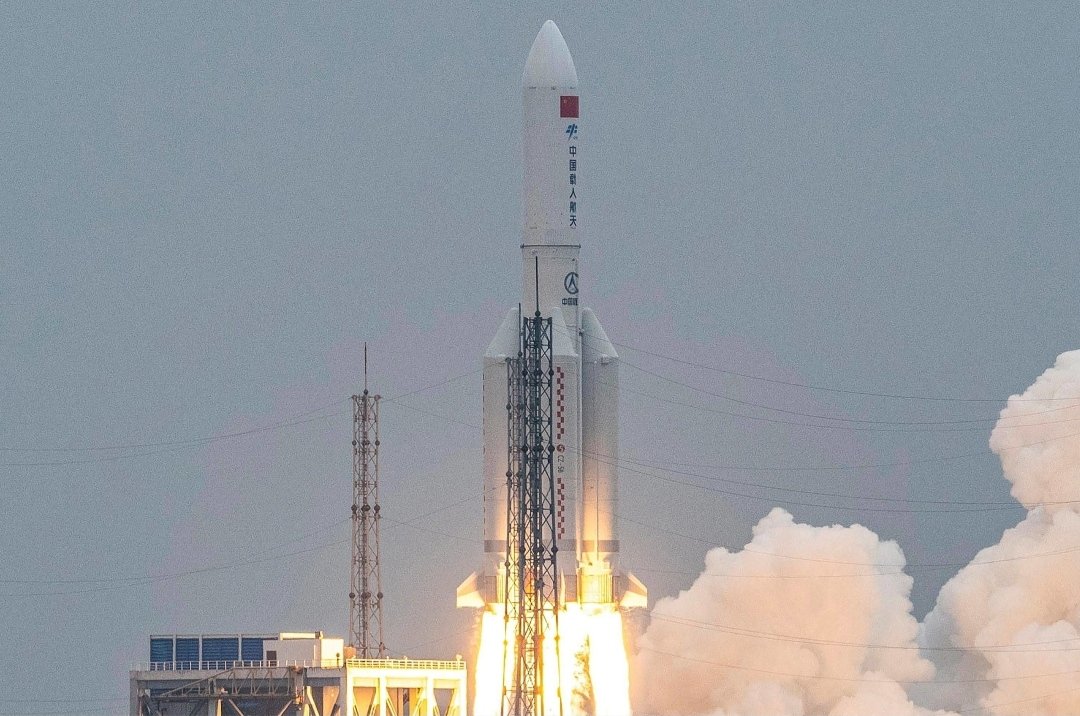Keypoints:
- On Sunday, China’s biggest rocket March 5B has landed in the Indian Ocean with most of its components getting destroyed upon its re-entry into the Earth’s atmosphere.
- China Manned Space Engineering office has said that most of the debris was burnt up in the atmosphere.
It is in the Indian Ocean that the remnants of China’s biggest rocket March 5B has been landed in. The bulk of its components has been destroyed upon its re-entry into the Earth’s atmosphere. Some parts of the rocket had re-entered the atmosphere at 10.24 am. It landed at Beijing time (0224 GMT) at a location with the coordinates of longitude 72.47 degrees east and latitude 2.65 degrees north. The coordinates put the point of impact in the ocean, west of the Maldives archipelago.
China’s biggest rocket March 5Bs debris had some people looking warily skyward since shortly after it blasted off from China’s Hainan island on April 29.
Last week, Long March was launched and it was second deployment of the 5B variant since it’s maiden flight in May 2020. In the previous year, pieces from the first Long March 5B fell on Ivory Coast, damaging several buildings. There were no injuries reported.
According to experts, most of the Earth’s surface is covered by water, hence, the chances of populated areas on land being hit had been low and it was unlikely of injuries taking place.
There was uncertainty over the rockets orbital decay. China failed to issue stronger re-assurance in the run up to the re-entry, thus fueling up anxiety.
Harvard based astrophysicist Jonathan McDowell has told Reuters during the time of rocket’s flight that potential debris zone could have been as far north as New York, Madrid or Beijing, and as far south as southern Chile and Wellington, New Zealand.
He added that ever since large chunks of NASA space station Skylab fell from orbit in July 1979 and landed in Australia, most countries have sought to avoid such uncontrolled re-entries through their spacecraft design.

